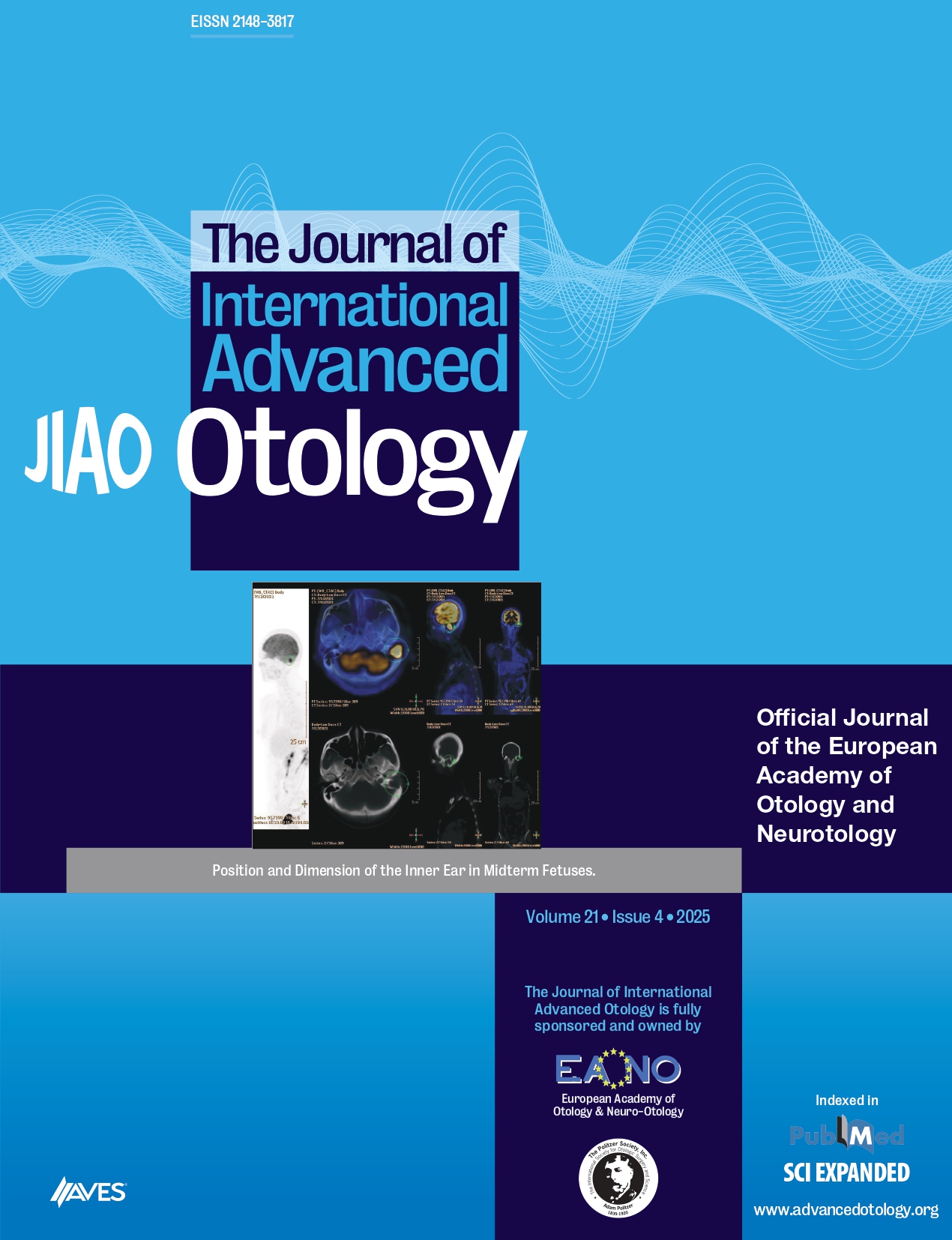Background: Glycemic control and the efficacy of therapy in diabetic patients with type 2 diabetes during the previous 2-3 months are usually evaluated by measuring the glycated hemoglobin (HbA1c). Our aim is to study the correlation between serum glycated hemoglobin level (HbA1c) and the hearing thresholds in diabetic patients.
Methods: A case–control study was conducted in the Audio-Vestibular Medicine Unit, xxxx University on 82 subjects. The subjects were divided into 2 groups: the first group consisted of 42 diabetic patients and the second group consisted of 40 healthy subjects. All the participants underwent a pure tone audiogram and speech audiometric evaluation. All participants also underwent diabetes laboratory assessments, including fasting blood glucose serum level and serum HbA1c level. The average hearing threshold at frequencies from 250 Hz to 16 000 Hz in both groups was calculated and correlated to different variables.
Results: Diabetic patients showed higher hearing thresholds than those of the control group, with an increasing tendency of elevation of the hearing threshold levels toward the higher frequencies in both groups. There was no statistically significant difference in the hearing thresholds between patients with diabetes < 5 years (20 subjects) and those with a duration of ≤ 5 years (22 subjects). Also, there was no statistically significant difference in the average hearing thresholds among type 2 diabetic patients based on fasting blood sugar level results, except at 16 000 Hz.
Conclusion: Poor glycemic control status [Hb A1c ≥ 7%] is significantly associated with elevated hearing thresholds.
Cite this article as: ElSherif M, Fathey El Sayed Mahfouz A, Mohamed Gaber Amin N, Saad Kozou H. Relation between glycated hemoglobin level and hearing loss in type 2 diabetic patients. J Int Adv Otol. 2024;20(6):531-535.



.png)
.png)